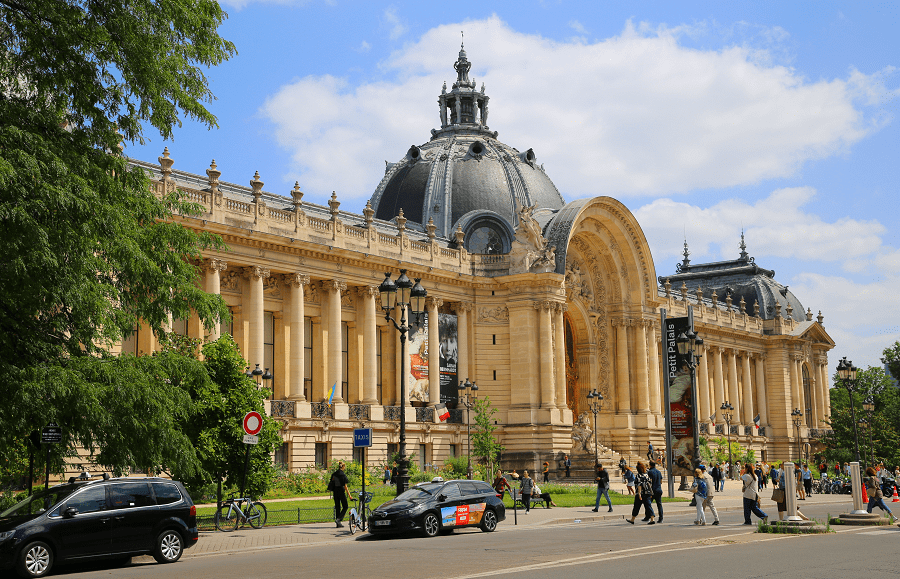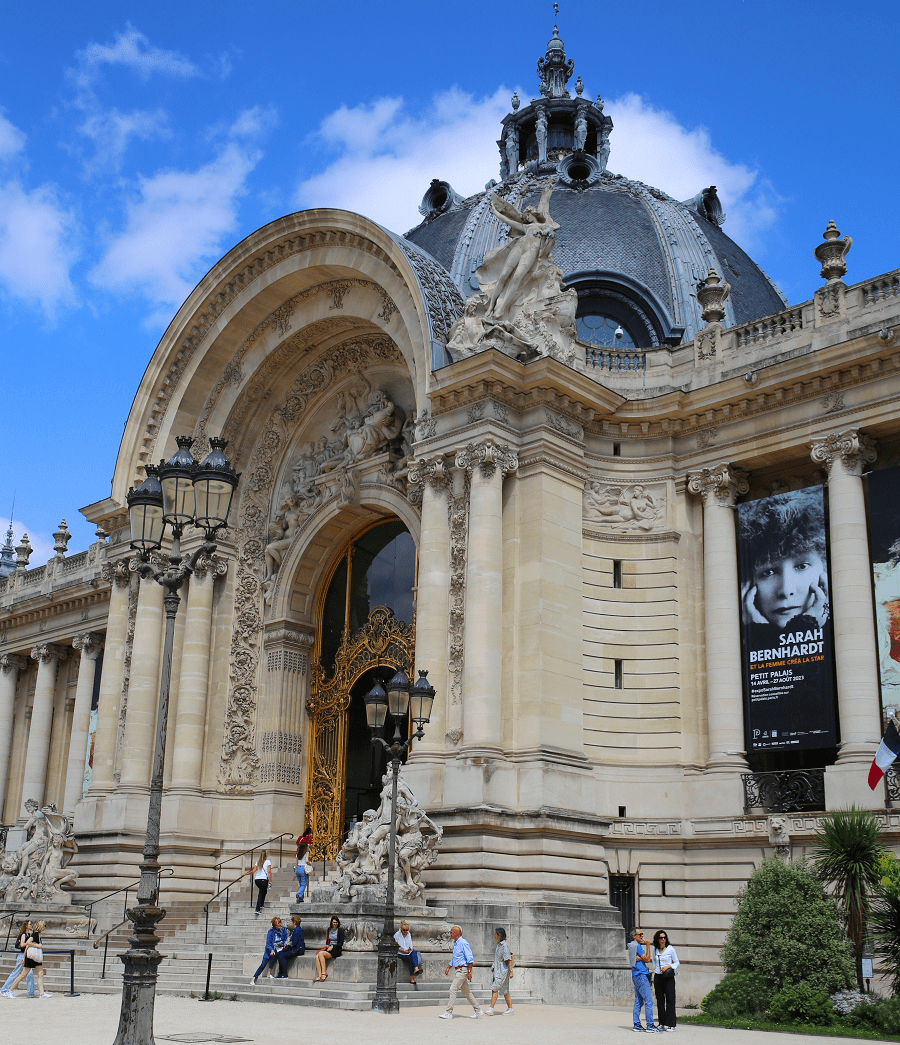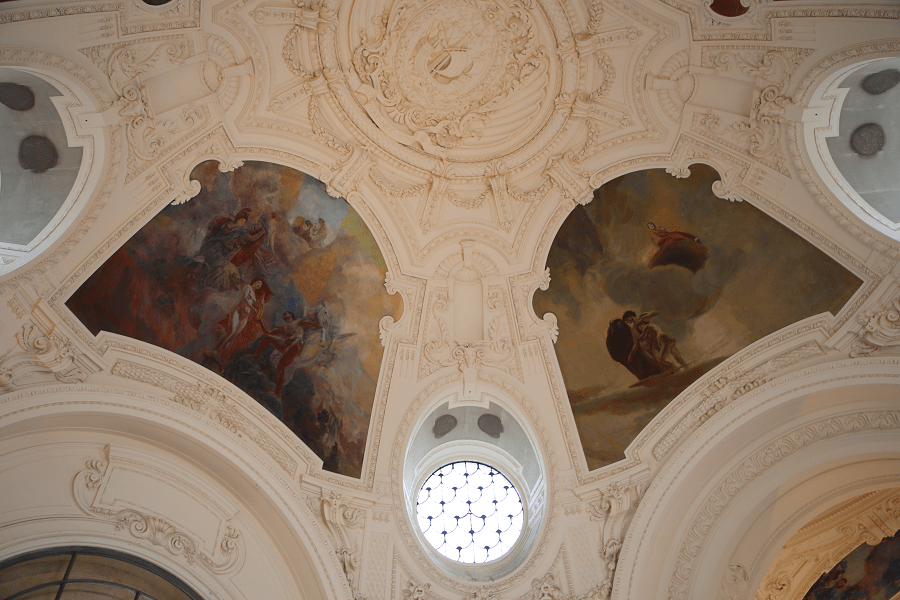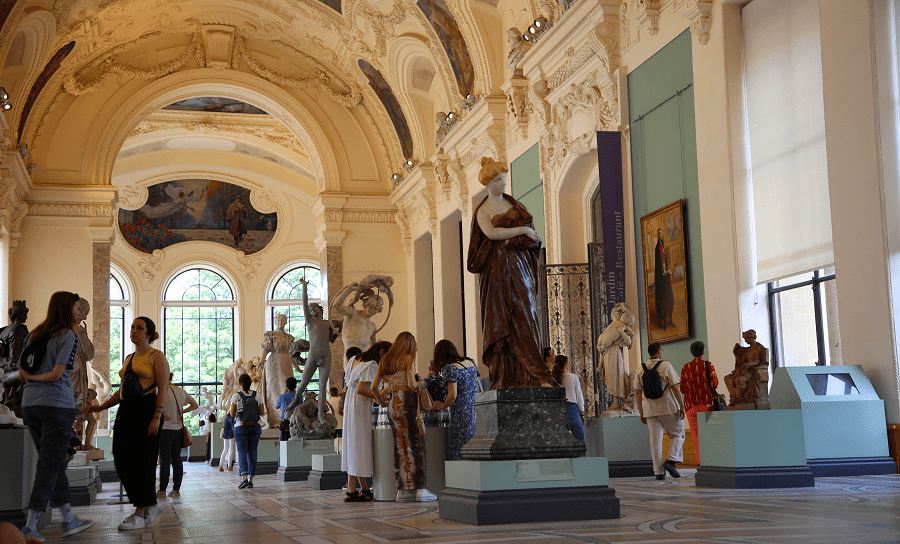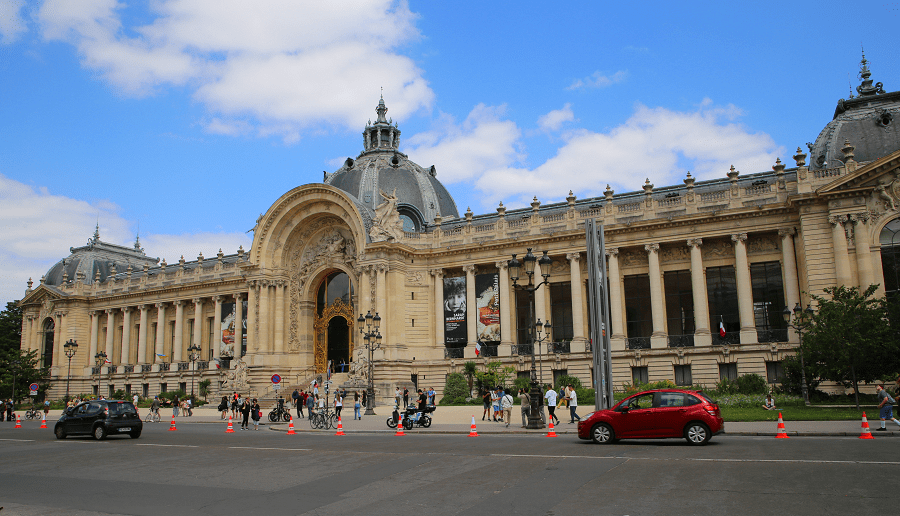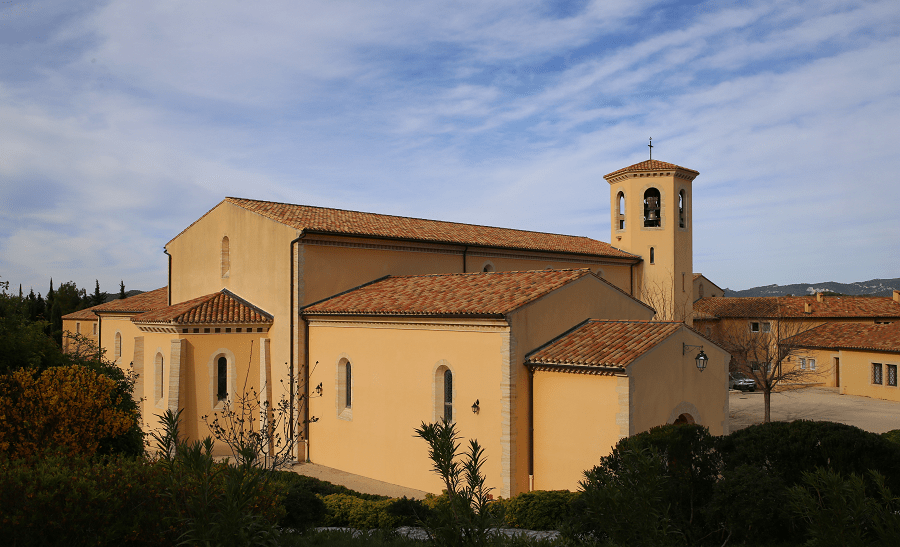The Petit Palais, built for the Universal Exhibition of 1900 by the architect Charles Girault, houses the Museum of Fine Arts of the city of Paris (France). It is located in the 8th arrondissement, avenue Winston-Churchill, opposite the Grand Palais and bordered by the Seine and the avenue des Champs-Élysées. It was erected partly in place of the Palais de l’Industrie, demolished in 1896. The building was listed as a historic monument in 1975.
It is one of the fourteen museums in the city of Paris, managed since January 1, 2013 by the public administrative establishment Paris Musées.
The Beaux-Arts style Petit Palais was designed by Charles Girault, and is around an octi-circular courtyard and garden, similar to the Grand Palais. Its ionic columns, grand porch, and dome echo those of the Invalides across the river. The tympanum depicting the city of Paris surrounded by muses is the work of sculptor Jean Antoine Injalbert.
The Petit Palais was built to be a lasting building that would become a permanent fine arts museum after the exhibition. The materials of the building—stone, steel and concrete as well as the decoration were to demonstrate that the Petit Palais was built to be enduring.
The trapezoidal shape of the Petit Palace forms an open area at the centre of the building. This enclosed area creates a semicircular, peristyled courtyard. The architecture of the courtyard incorporated many different architectural elements. The elegant courtyard is considered Beaux Arts style because of the “symmetrical composition” and “rich decoration in high relief”. Coupled columns made of pink Vosges granite and gilt-bronze encircle the courtyard and bordering covered gallery. Although the courtyard is in the central part of the Petit Palais, one of the main structures of the Exhibition, its purpose was to provide visitors with a relaxing space apart from the busy Exposition.
Museum
The museum is split into two levels with two series of rooms running parallel and juxtaposed. The interior of the Petit Palais was designed to create exhibition spaces “suited to every aspect of a collection: the outer galleries for objects, the inner, skylit ones for paintings, the lower galleries for reserves and the entrance rotunda and main gallery for sculptures”. The entrance rotunda and main gallery was especially grand. The floors were tiled with mosaics, the walls were lined with marble, whereas the dome and vaults were filled with allegorical paintings.
The exhibits housed in the Petit Palais during the Exhibition displayed the History of Art from the beginning until the present era. The History of French Art from 1800–1900 showed the stages of growth. The inner gallery of Petit Palais exhibited “priceless treasures in ivory, tapestry, metal work, jewelry, and porcelain gathered from the most important collections of France”. The outer gallery was a collection of royal French furniture.
The exhibits are divided into sections: the Dutuit Collection of medieval and Renaissance paintings, drawings and objets d’art; the Tuck Collection of 18th century furniture and the City of Paris collection of paintings. The museum displays paintings by painters such as Rembrandt, Rubens, Nicolas Poussin, Claude Gellée, Fragonard, Hubert Robert, Greuze and a remarkable collection of 19th-century painting and sculpture: Ingres, Géricault, Delacroix, Courbet, Monet, Sisley, Pissarro, Cézanne, Danger, Modigliani, Carpeaux, Maillol and Rodin, among others. There is also a relatively small but important collection of ancient Greek and Roman art and of Christian icons for which the museums’s first and only 21st century artwork was acquired in 2019 (Les Martyrs de Libye by Nikola Sarić).
Address: Av. Winston Churchill, 75008 Paris, France.
Free admission.
Hours:
Sunday 10 AM–6 PM
Monday Closed
Tuesday 10 AM–6 PM
Wednesday 10 AM–6 PM
Thursday 10 AM–6 PM
Friday 10 AM–6 PM
Saturday 10 AM–6 PM
Phone: +33 1 53 43 40 00
Opened: 1900
Architects: Charles Girault, Alphonse Defrasse
See more:



